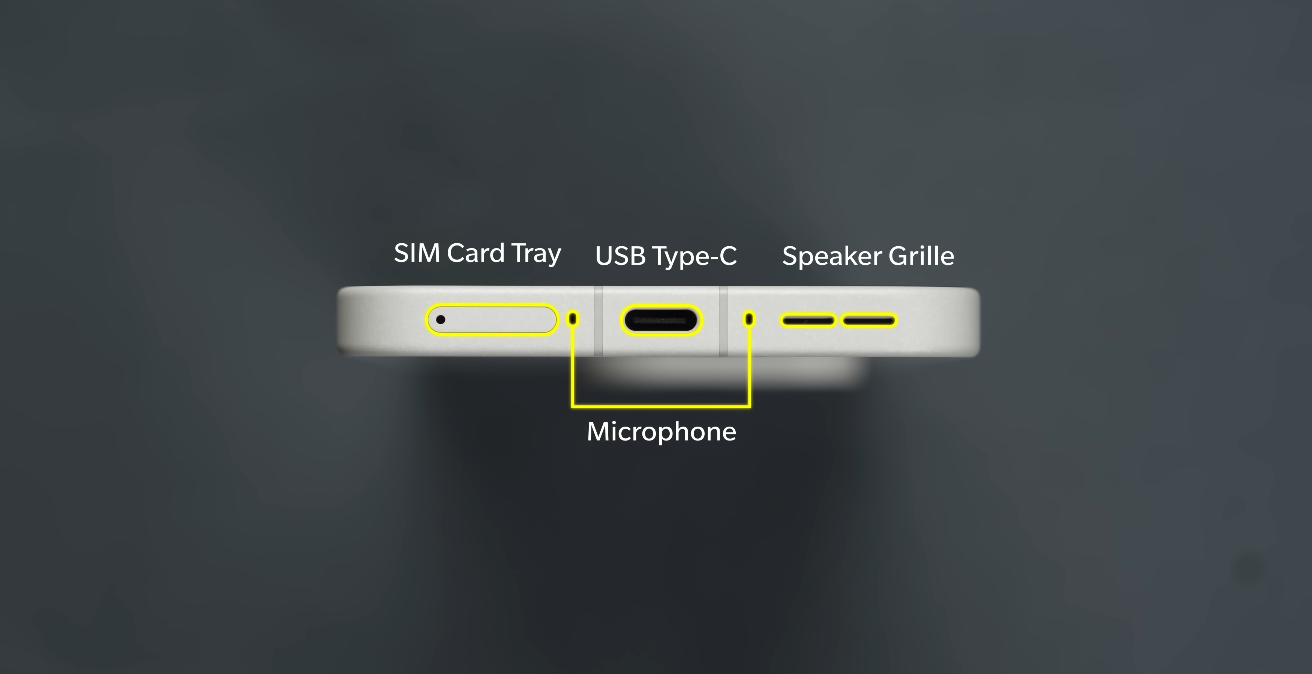OnePlus 15 long-term battery health: is 7,300 mAh overkill?

How well the biggest OnePlus battery holds up over time
The OnePlus 15 made headlines with its massive 7,300 mAh silicon-carbon dual-cell battery, easily one of the largest capacities ever fitted into a flagship smartphone. It promises extraordinary endurance, but the bigger question is whether such a huge battery can maintain its health over years of daily charging and use — or if it’s more than most users actually need.
According to OnePlus, the 7,300 mAh battery has been engineered for long-term stability. The company claims it can retain up to 90 percent of its original capacity after 1,600 charge cycles, which translates to roughly four years of regular use. This longevity comes from silicon-carbon chemistry, which allows higher energy density and lower internal stress during charging. It’s a clear shift from traditional lithium-ion designs that typically start to degrade faster after 500–800 cycles.
In everyday terms, this means UK users who charge their phones daily could expect minimal performance drop for several years. Even after thousands of hours of use, the battery should still hold enough capacity to comfortably last more than a full day. For professionals, travellers, and gamers, this consistency could be the OnePlus 15’s strongest long-term advantage.

The phone’s large capacity also reduces strain during short charge cycles. Because users can rely on extended battery life, there’s less frequent need to recharge, lowering overall wear. Combined with OxygenOS 16’s adaptive charging system — which learns user habits to avoid overcharging overnight — the phone manages power far more intelligently than previous generations.
However, such a large battery isn’t without trade-offs. The phone weighs around 211 grams and measures 8.1 mm thick, which makes it slightly bulkier than competitors like the Galaxy S25+ or Pixel 9 Pro. While the added size helps with cooling and structure, it might feel heavier in prolonged one-handed use. For many users, though, that’s a fair exchange for all-day reliability.
Thermal management plays a major role in preserving long-term battery health. OnePlus has implemented a redesigned cooling system using vapor chambers and graphite layers to prevent heat buildup during gaming or 120W fast charging. Heat is one of the biggest causes of lithium cell degradation, so this hardware-level focus should help preserve cell stability.
The OnePlus 15 also includes a “Bypass Charging” mode, which powers the device directly when plugged in — particularly useful during extended gaming or video sessions. This feature prevents unnecessary charge-discharge cycles, further extending battery lifespan. Combined with efficient silicon-carbon chemistry, it allows the phone to run cool and steady even during heavy workloads.
From a performance standpoint, the battery’s capacity feels well-justified. The OnePlus 15 can last up to two days with moderate use or deliver nearly 19 hours of video playback in internal testing. For UK users who commute, travel, or work long hours, that extra buffer means real-world convenience — no more worrying about carrying a charger or power bank every day.
For light users, however, 7,300 mAh might indeed be more than necessary. Daily charging habits and lower screen time mean most of that extra capacity will rarely be tapped, making the benefit more psychological than practical. Still, for anyone planning to keep their device for several years, having surplus power and slower degradation ensures better long-term value.
In conclusion, the OnePlus 15’s 7,300 mAh battery isn’t overkill — it’s strategic. It redefines what endurance means in a modern smartphone, blending huge capacity with smarter energy management. While the size adds a little weight, the payoff in battery life and longevity is substantial. For UK buyers seeking a device that remains powerful and reliable for years, the OnePlus 15 sets a new benchmark in sustainable flagship performance.





